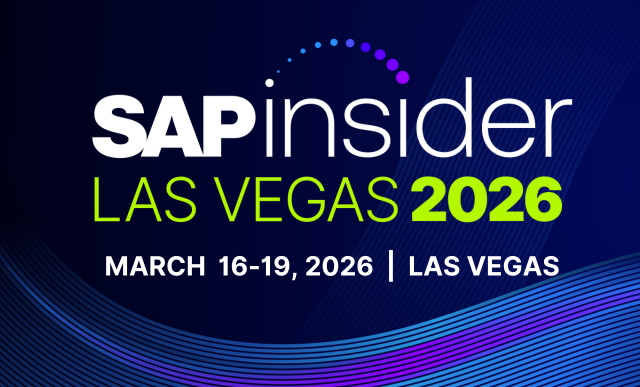Majority of Enterprises Still Rely on Manual Pricing Tools, Zilliant Survey Finds
Meet the Authors
Key Takeaways
A significant 84% of B2B companies still rely on manual pricing methods like spreadsheets, resulting in a disconnect between pricing strategy and execution.
The adoption of AI in pricing is on the rise, with 61% of companies exploring AI solutions to enhance pricing strategies and improve margin management, especially in firms with revenues exceeding $1 billion.
Integrating advanced pricing technology into SAP systems can lead to substantial margin improvements and efficiency gains, necessitating collaboration between IT, sales, and finance teams to overcome implementation challenges.
A new report by Zilliant reveals a major gap between pricing strategy and execution in B2B industries, with 84% of companies still relying on manual methods like spreadsheets for their pricing processes. For SAP customers, this misalignment presents both a risk and an opportunity: those who adopt modern pricing techniques can better utilize their ERP data to boost margins, increase revenue, and gain a competitive edge.
The findings are based on Zilliant’s 2025 Pricing Technology Trends Survey, which gathered responses from over 500 pricing professionals. It surveyed organizations worldwide in manufacturing, services, retail, and distribution sectors. Key themes include the persistent dominance of static tools in pricing operations, low satisfaction with current pricing systems, and the growing interest in AI-enabled solutions to bridge the strategy-execution gap.
Disconnect Between Pricing Strategy and Execution
Although 84% of organizations report strong or very strong pricing power, 58% fail to achieve more than half of their planned price increases. This gap arises in part because only 25-39% of companies have formal pricing methodologies in place. The survey indicates that many companies still rely on Microsoft Excel or disconnected tools for price management and execution, which results in inconsistent pricing across channels and poor cross-functional alignment.
Explore related questions
The report also emphasizes that even companies with ERP systems often struggle to effectively implement their pricing strategies at scale. The lack of centralized, adaptable pricing tools hampers their ability to respond to competitive pressures and maintain margin discipline. This is a missed opportunity for companies already using ERP platforms like SAP S/4HANA or SAP Configure, Price, and Quote (CPQ), which can facilitate pricing transformation when combined with modern pricing engines.
AI Adoption on the Rise, But Gaps Remain
Encouragingly, the research found that 61% of companies are exploring or adopting AI and data science in pricing. AI usage is especially high among companies with annual revenues over $1 billion and in sectors like technology, distribution, and manufacturing. These organizations are utilizing AI to identify pricing opportunities, detect margin leaks, and enhance pricing guidance for their sales teams.
Zilliant offers AI-powered pricing solutions that help B2B companies optimize strategy and execution. For example, its AI-powered pricing analytics platform uses machine learning to analyze data, identify margin opportunities, and deliver dynamic pricing guidance. Integrated with ERP, CRM, and CPQ systems, Zilliant enables real-time pricing optimization and consistent, personalized quoting.
What This Means for SAPinsiders
Automated pricing boosts ERP-based margin growth and operational efficiency. SAP customers can realize substantial margin improvements by integrating intelligent pricing tools into their current ERP systems. Manual or static pricing methods often clash with the flexible nature of SAP workflows. Incorporating AI-powered pricing suggestions directly into SAP modules like Sales and Distribution (SD) or CPQ can streamline quote-to-cash processes and reduce approval times. When implemented effectively, these pricing tools complement existing SAP features instead of replacing them.
Pricing technology adoption is speeding up among SAP manufacturing and distribution users. Platforms such as Zilliant provide advanced features including real-time price optimization, segmented pricing, and automatic deal guidance. Many also include prebuilt connectors or integration support with SAP S/4HANA, ECC, and CRM systems. SAPinsiders assessing solutions should prioritize flexibility, AI transparency, SAP integration support, and the ability to simulate price changes before deployment.
Successful deployments align SAP, sales, and pricing for quick wins. Common adoption barriers, such as disconnected systems and change-resistant sales teams, remain challenges for SAP professionals. However, companies that overcome these obstacles often follow a phased implementation approach, involving cross-functional teams from the outset. Reducing the number of manual tasks in pricing is an SAP-enabled transformation that requires AI automations and close collaboration between IT, sales, and finance teams.









